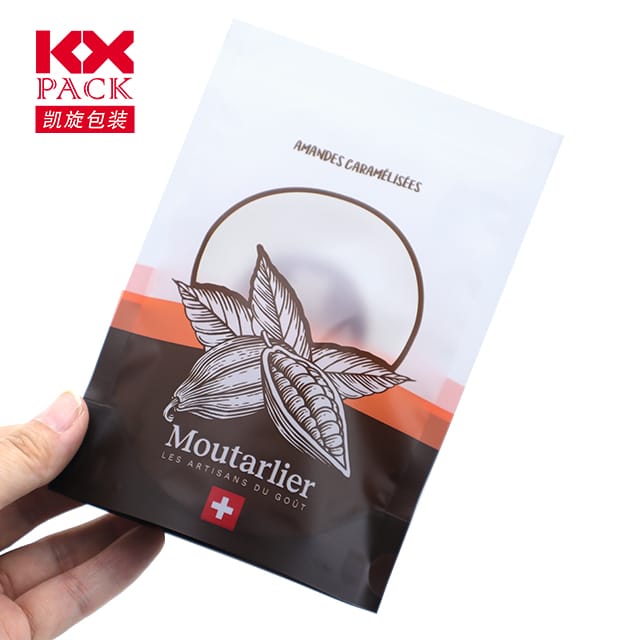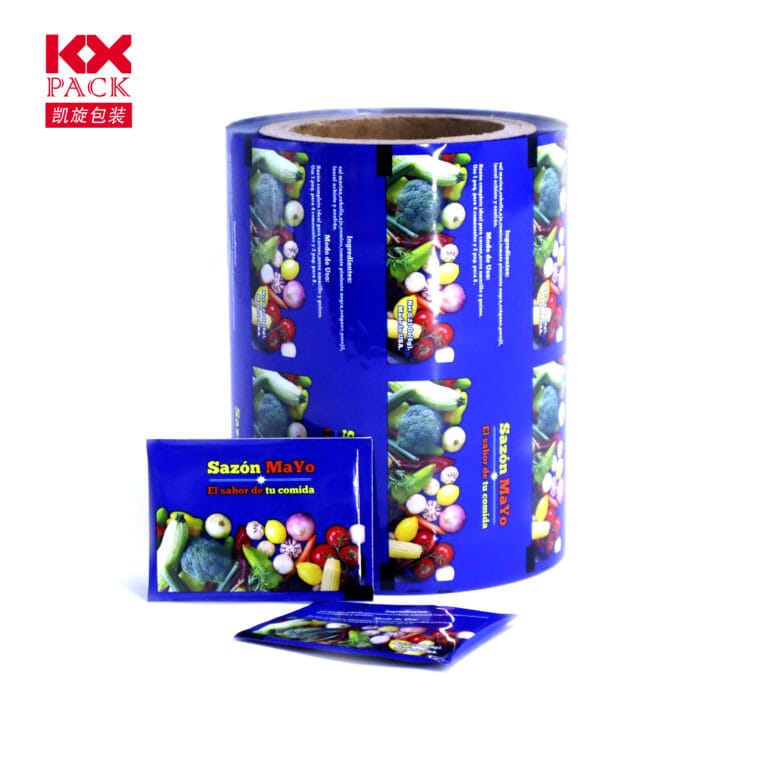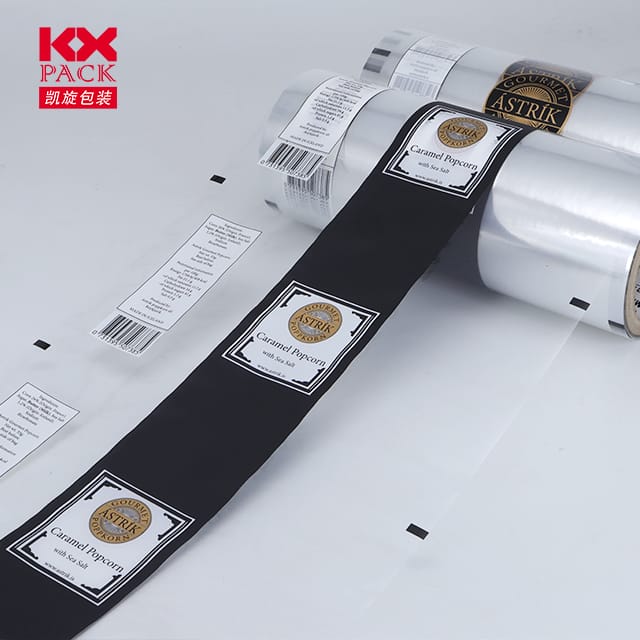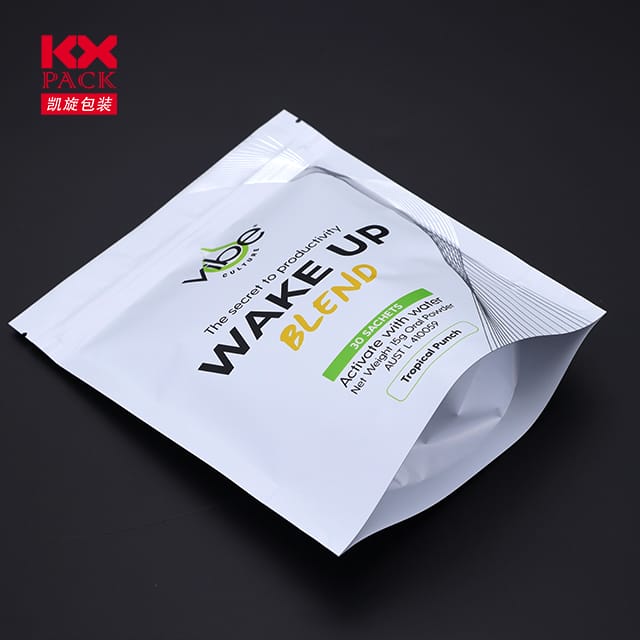Mea'ai afifiina Ata: Innovations Driving Sustainability and Freshness(6)
Mea'ai afifiina Ata
I le aso lata mai o le lalolagi, food packaging film is more than just a protective layer—it’s a critical component of food safety, gafataulimaina, and consumer convenience. Mai le faʻalauteleina o le ola mumu e faʻaititia ai otaota, advancements in packaging film technology are reshaping how we store, felauaiga, and enjoy food. Sei o tatou sailia le fou masani, challenges, and breakthroughs in this essential industry.
The Role of Food Packaging Film
Food packaging film serves multiple purposes:
- Preservation: Protects food from oxygen, susu, and contaminants to maintain freshness.
- Convenience: Enables easy handling, portioning, and on-the-go consumption.
- Saogalemu: Acts as a barrier against bacteria and physical damage.
- Soifua Maloloina: Modern films aim to minimize environmental impact through recyclable or biodegradable materials.
Cutting-Edge Innovations
- Biodegradable and Compostable Films
Traditional plastic films, while effective, contribute to global pollution. Enter eco-friendly alternatives made from plant-based materials like polylactic acid (Plan), starch, or cellulose. These films break down naturally, reducing landfill waste. Faataitaiga, companies like TIPA and BioPak are leading the charge with compostable packaging for snacks, fresh produce, and even coffee pods. - Galue malosi ma atamai
Beyond passive protection, “smart” films now interact with food to enhance safety and quality:- Oxygen Scavengers: Films embedded with substances that absorb oxygen to prevent spoilage (common in meat and cheese packaging).
- Time-Temperature Indicators (TTIs): Labels that change color if food has been exposed to unsafe temperatures, ensuring freshness.
- Antimicrobial Coatings: Films infused with natural agents like essential oils to inhibit bacterial growth.
- Edible Packaging
Imagine eating your wrapper instead of throwing it away! Edible films made from ingredients like seaweed, rice starch, or fruit purees are gaining traction. Brands like Notpla (seaweed-based sachets) and WikiCells (edible casings for yogurt or juices) are pioneering this space, offering a zero-waste solution. - Nanotechnology in Packaging
Nanoparticles are being used to create ultra-thin, high-barrier films that outperform traditional plastics. O lesi foi mea, silver nanoparticles provide antimicrobial properties, while clay nanocomposites enhance strength and gas resistance.
Sustainability Challenges
Despite progress, the industry faces hurdles:
- Cost: Biodegradable materials are often more expensive than conventional plastics.
- Performance: Some eco-friendly films struggle with durability or moisture resistance.
- Recycling Infrastructure: Compostable films require industrial facilities, which are not yet widely available.
- Consumer Behavior: Confusion over labeling (E.g., “biodegradable” vs. “compostable”) can lead to improper disposal.
The Future of Food Packaging Film
The shift toward circular economy principles is driving innovation. Key trends include:
- Monomaterial Films: Designed for easier recycling by using a single type of plastic.
- Water-Soluble Films: Ideal for single-use sachets, dissolving harmlessly in water.
- AI-Driven Design: Machine learning optimizes film thickness, material use, and functionality to reduce waste.
Consumer Tips for Eco-Friendly Choices
- Look for certifications like “OK Compost” or “Biodegradable Products Institute (BPI).”
- Prioritize reusable containers over single-use films when possible.
- Support brands committed to sustainable packaging.
Fa'ai'uga
Food packaging film is evolving from a disposable necessity to a high-tech, sustainable solution. As consumer demand for eco-friendly options grows, the industry is rising to the challenge with innovations that prioritize both planet and product. By embracing these advancements, we can enjoy fresher food, faaitiitia otaota, and take a step closer to a greener future.
What’s your take on sustainable packaging? Share your thoughts or favorite eco-friendly brands in the comments!







